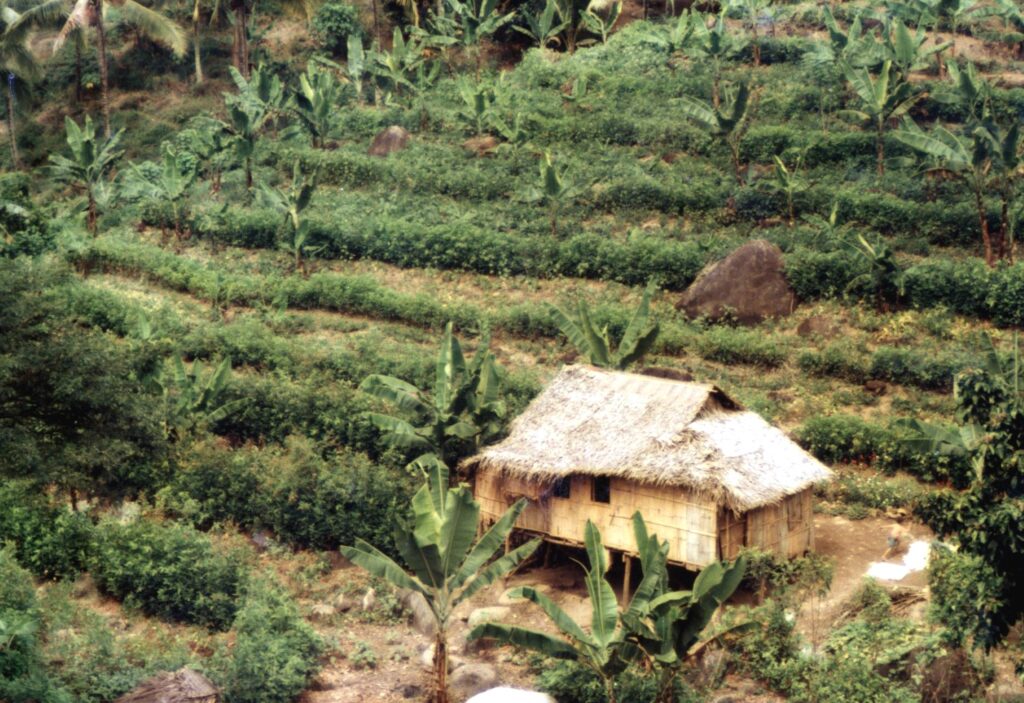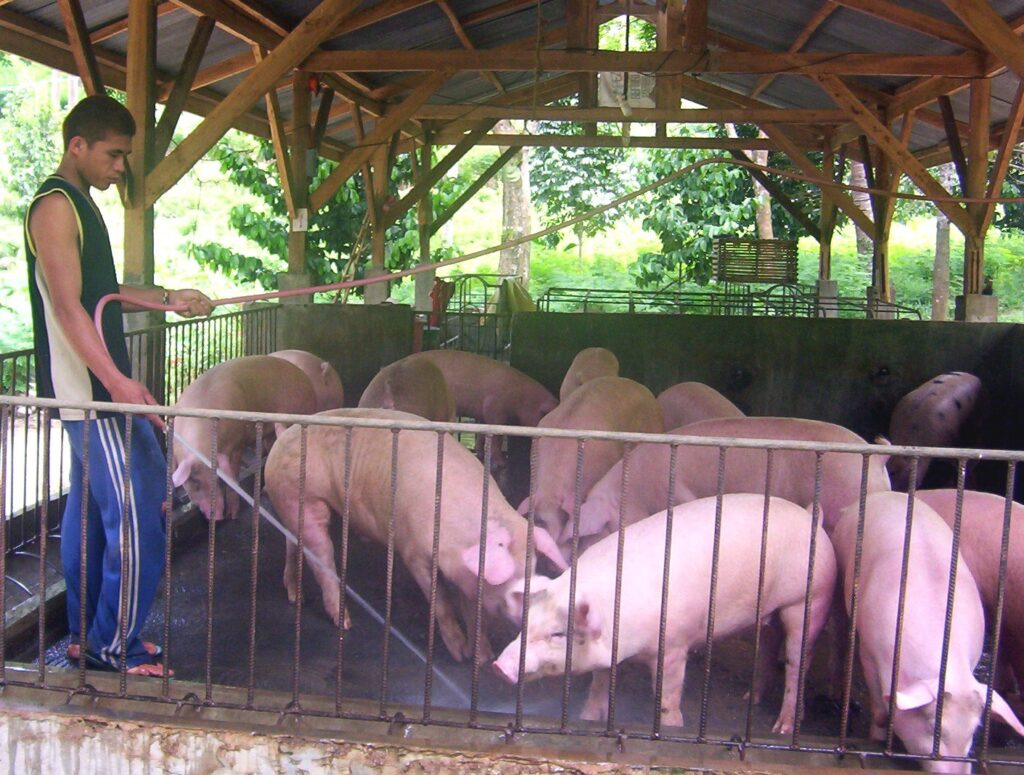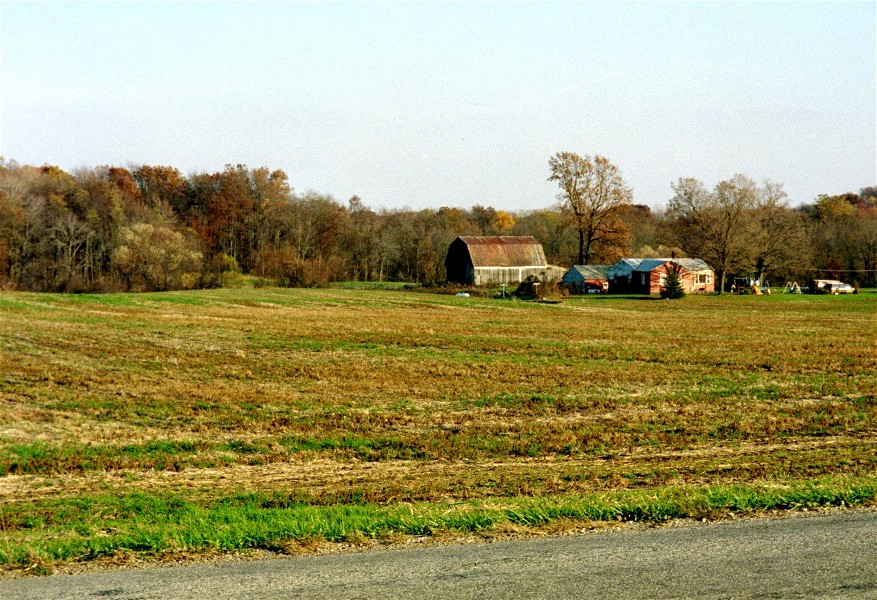Text and Photos by Henrylito D. Tacio
If someone mentions the words “organic agriculture,” what comes into your mind right away?
Environment-friendly, natural, not using pesticides and other chemicals, sustainable, regenerative, and healthy – these are the words used to describe this method of farming which has recently captured the attention of many countries around the world.
“The deteriorating condition of the environment has contributed to the increasing vulnerability of the agriculture sector particularly to extreme weather events,” said the Department of Agriculture in a statement. “Predominance of chemical-intensive farming has contributed to at least 33% of the country’s greenhouse gas emissions. It is in this premise that the department aims to promote organic farming.”
These days, organic farming is no longer alien to most Filipinos – thanks to Republic Act No. 10068. When it was signed in 2010, the Act was touted as “a landmark legislation for the development and promotion of organic agriculture.”
The organic farming program, as endorsed by the agriculture department, has five objectives. One is better to farm incomes and sustainable livelihood for Filipino farmers: “Increased farm productivity, reduced expenses on external farm inputs, better incomes for farmers and reduction of poverty in the rural sector.”
Environmental protection is another reason: “Enhanced soil fertility and farm biodiversity, reduced pollution and destruction of the environment as well as prevention of further depletion of natural resources.”
Still another: improved health. By adopting organic farming, the health of farmers, consumers, and the public, in general, is protected.
Another one is disaster risk reduction and resilience to climate change: “Improved resiliency to disaster risks and climate change vulnerabilities caused by human interventions and naturally induced hazards.”
The final objective is social justice: “Meeting the basic needs and improving standard of living for all, upholding human rights, gender equality, labor standards and the right to self-determination.”

Organic farm 
Winged bean 
Piggery
“Organic farming means going back to the basics,” says Jethro P. Adang, director of the Mindanao Baptist Rural Life Center (MBRLC), a non-government organization based in barangay Kinuskusan in Bansalan, Davao del Sur.
In order for rice production in the country to be sustainable, the answer is organic agriculture, said Jessica Reyes-Cantos of the Manila-based Rice Watch and Action Network. “(Organic farming) won’t only retain soil productivity but it can make farming viable,” she explained. “If farmers will have additional income from their land they will continue to plant rice.”
In Davao City, barangay Sibulan has been declared as the city’s first organic zone, a designated area for organic farming to thrive. Farmers who practiced the system are provided incentives.
“The barangay is home to the largest concentration of areas practicing organic farming in Davao City, including third-party certified organic farms producing banana, cacao and coffee for export to Japan,” reports Interfacing Development Interventions for Sustainability (IDIS).
IDIS is a non-government organization promoting the protection of the city’s eight watersheds. It believes that a healthy watershed can provide clean potable water to Davao’s growing population. This is possible only if watersheds are well-protected.
If farmers practice organic farming in those areas where watersheds are located, then the water coming from these areas is clean and free from pesticides.
“Organic agriculture is essential to a healthy watershed because it promotes the use of environment-friendly methods which prevent further contamination of our water resources,” IDIS explained on its website.
IDIS has observed that pesticide-intensive plantations continue to flourish in Mindanao. “In particular, banana plantations still use small agricultural planes to apply toxic fungicide to their crops,” it said. “The pesticide drift, dubbed as toxic rain, finds its way to communities near banana plantations, contaminating their water resources and leaving residues on backyard vegetable gardens.”
Fortunately, there are now farmers who are shifting to organic farming. Take the case of the Espinosa family of Lower Mabuhay. During the Regional Organic Agriculture Congress some years back, they were recognized as the organic farming family. On their farm, chemicals are abhorred.
“I have one-hectare farmland and all that were planted are pure organic,” Janilo Espinosa, the head of the family, was quoted as saying. “All our animals were fed using organic-based feeds.”
It was his parents who opened his eyes to organic farming. “When I was a child, my family was into organic farming and I can still remember how we put up our garden,” he recalled. “When I got married, I continued my family’s legacy and raised my children through organic farming.”
One good thing about organic farming is that it keeps the family healthy. “Based on our own experience, compared to conventionally-grown food, organic food is much richer in nutrients,” Espinosa said. “It enhances the nutrients of the soil which is passed on to the plants and animals.”

